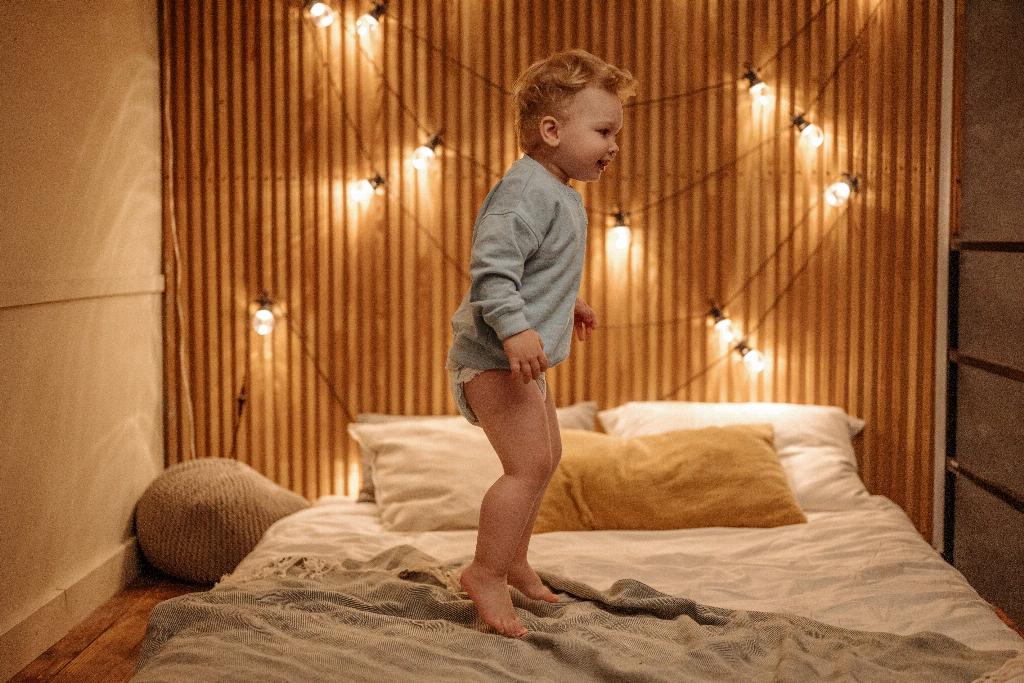Disposable diapers have become an integral part of modern parenting, offering convenience and ease when it comes to managing baby’s hygiene. The history of disposable diapers traces back to the late 1940s, with Johnson & Johnson introducing the first mass-marketed disposable diaper in the United States in 1948.
Procter & Gamble’s Innovation
In 1961, Procter & Gamble revolutionized the diaper industry by unveiling Pampers, a brand that would become synonymous with quality and comfort for babies worldwide. Pampers’ introduction further popularized the use of disposable diapers among parents.
Environmental Impact
By the 1970s, disposable diapers had gained significant traction, with American babies consuming 350,000 tons of disposables, constituting 0.3% of U.S. municipal waste. The convenience of disposable diapers, however, raised concerns about their environmental impact due to the massive volume being disposed of.
Rapid Adoption
By the 1980s, the usage of disposable diapers had surged dramatically, with American babies wearing a staggering 1.93 million tons of disposables, accounting for 1.4% of municipal waste. This exponential growth signified the rapid adoption of disposable diapers in American households.
Shift in Cultural Norms
The widespread acceptance of disposable diapers marked a significant shift in cultural norms surrounding baby care practices. Parents embraced the convenience and absorbency of disposable options, moving away from traditional cloth diapers.
Technological Advancements
Advancements in diaper technology played a crucial role in making disposable diapers common. Innovations such as superabsorbent polymers and elasticized leg cuffs enhanced the performance and comfort of disposable diapers, catering to the needs of both parents and babies.
Marketing Strategies
Effective marketing strategies by diaper manufacturers also contributed to the widespread adoption of disposable diapers. Companies utilized targeted advertising campaigns to highlight the benefits of disposable diapers, creating a demand among consumers.
Health and Hygiene Considerations
Disposable diapers gained popularity not only for their convenience but also for their emphasis on maintaining optimal health and hygiene for babies. The disposable nature of these diapers offered a more sanitary option compared to reusable cloth diapers.
Changing Lifestyles
The evolution of family dynamics and lifestyles also played a pivotal role in making disposable diapers common. With more dual-income households and busy schedules, parents sought time-saving solutions, making disposable diapers an attractive choice.
Environmental Concerns
Despite their widespread use, disposable diapers have faced criticism for their environmental impact. The growing concern over waste management and sustainability has led to a rise in eco-friendly diaper options, prompting parents to consider more sustainable alternatives.
Future Trends
Looking ahead, the diaper industry continues to evolve with a focus on sustainability and innovation. Companies are exploring eco-friendly materials and biodegradable options to address environmental concerns while still providing the convenience and performance that parents expect from disposable diapers.
Conclusion
In conclusion, disposable diapers became common in the mid-20th century, driven by technological advancements, marketing strategies, shifting cultural norms, and the desire for convenience. While concerns over environmental impact persist, the convenience and functionality of disposable diapers have solidified their place as a staple in modern parenting practices.

